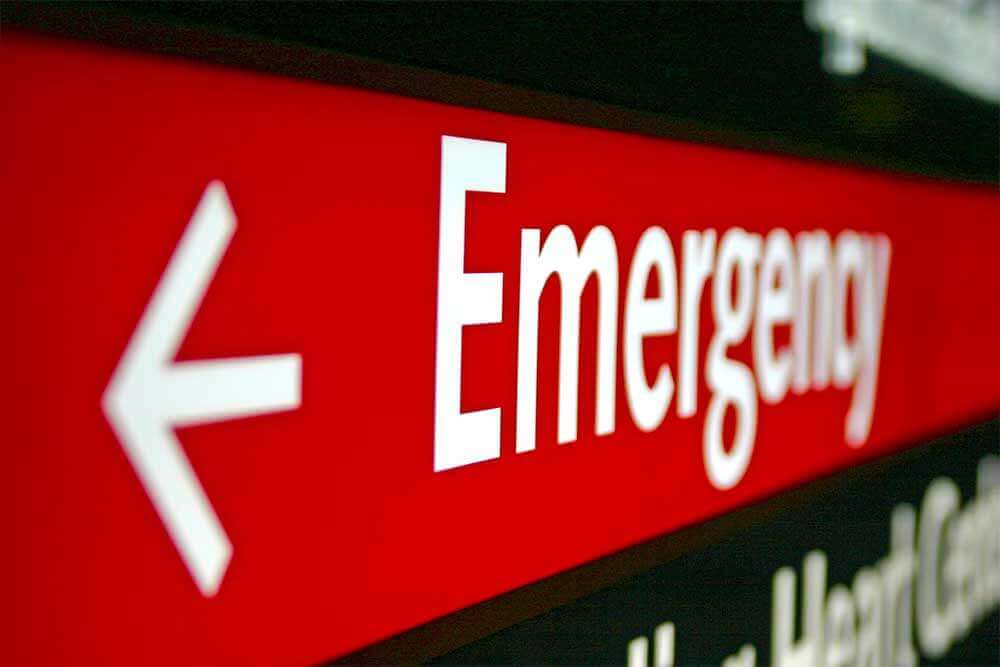According to the American Medical Association, almost half of overdose deaths are being caused by fentanyl, a synthetic opioid 50 to 100 times stronger than heroin. Officials believe the reason for the spike in overdoses is not just because this potent drug has become more readily available, but because an increasing number of individuals are taking it without their knowledge.
Various cities have issued warning about heroin being cut with fentanyl, but according to the National Institute on Drug Abuse, fentanyl is being used to lace a wide variety of drugs including marijuana. Often, individuals are purchasing what they believe to be cocaine or OxyContin, overdosing and dying. Later, police are finding the drugs were laced with fentanyl.
Last month, Demi Lovato, who has a history of prescription pill abuse, overdosed on oxycodone laced with fentanyl. Unfortunately, that is not uncommon. According to Jessica Hulsey Nickel from Addiction Policy Forum, “Even if you are an opioid user, you can have an overdose from the first time fentanyl, carfentanil, or any of the synthetics is introduced to you.”
Because of this, fentanyl testing strips have become increasingly popular. In California, the Department of Public Health has begun distributing testing strips at needle exchange centers. While this won’t solve the opioid epidemic, they hope that by making individuals aware of the drug they are actually taking will help reduce the number of deadly overdoses.
What Happens During an Opioid Overdose
When an individual takes a toxic amount of fentanyl or combines it with other drugs or alcohol, they can experience an overdose. Individuals who are unknowingly taking fentanyl have likely not yet developed a tolerance for the drug, and even minuscule amounts can cause them to overdose. Even for those with a history of fentanyl abuse, taking fentanyl is like playing Russian roulette, as it is impossible to predict what dosage or combination will be deadly.
Signs of Overdose
- Limp body
- Clammy skin
- Pale face
- Bluish purple skin tone for lighter-skinned people or greyish skin tone for darker-skinned people
- Erratic or slow pulse
- Vomiting or choking sounds
- Unable to talk
What to Do in Case of an Overdose
Because opioid overdoses are particularly dangerous, individuals who overdose on them require immediate medical attention.
- If you find someone unresponsive and suspect that they are suffering from an opioid overdose, call 911 immediately.
- If you have access to Narcan (naloxone) administer it immediately.
-
- Tilt the person’s head back.
- Peel back the package to remove the nasal spray.
- Hold the nasal spray with your thumb at the bottom of the plunger and your second and middle finger on either side of the nozzle.
- Gently insert the tip of the nozzle in either nostril and press the plunger firmly until the entire dose has been administered.
- Remove the device and turn the person on their side, and if possible, put their hands on their head and their upper leg forward.
- Continue to monitor their symptoms. If they do not regain consciousness, administer another dose of Narcan in the other nostril.
If you or a loved one is struggling with addiction, Mountainside can help.
Click here or call (888) 833-4676 to speak with one of our addiction treatment experts.

 By
By 






